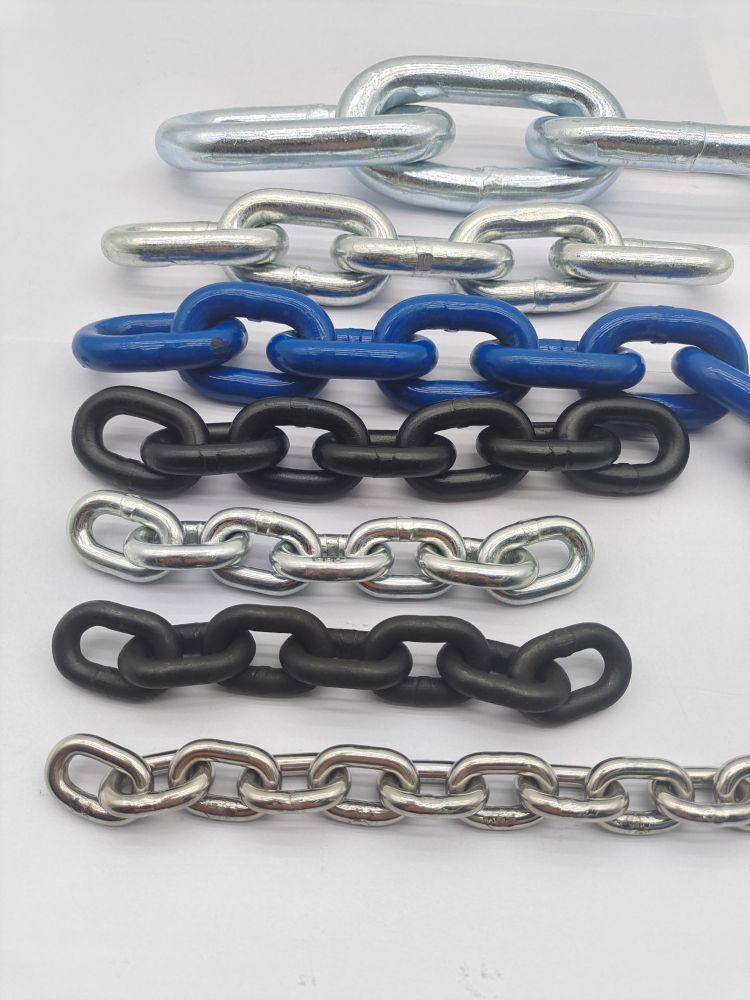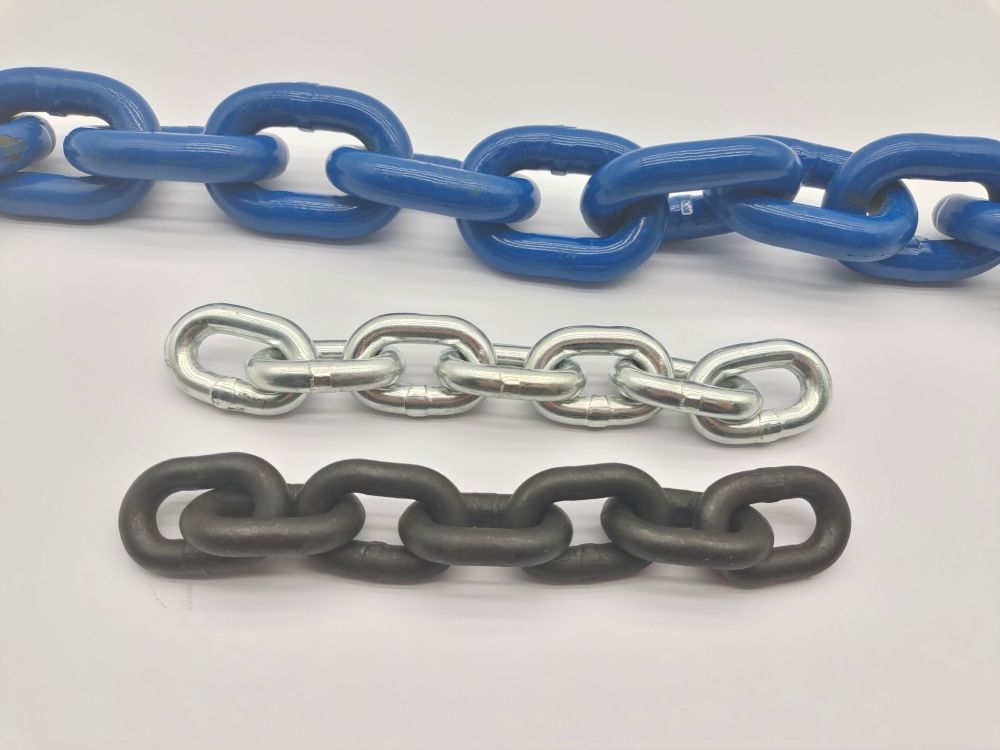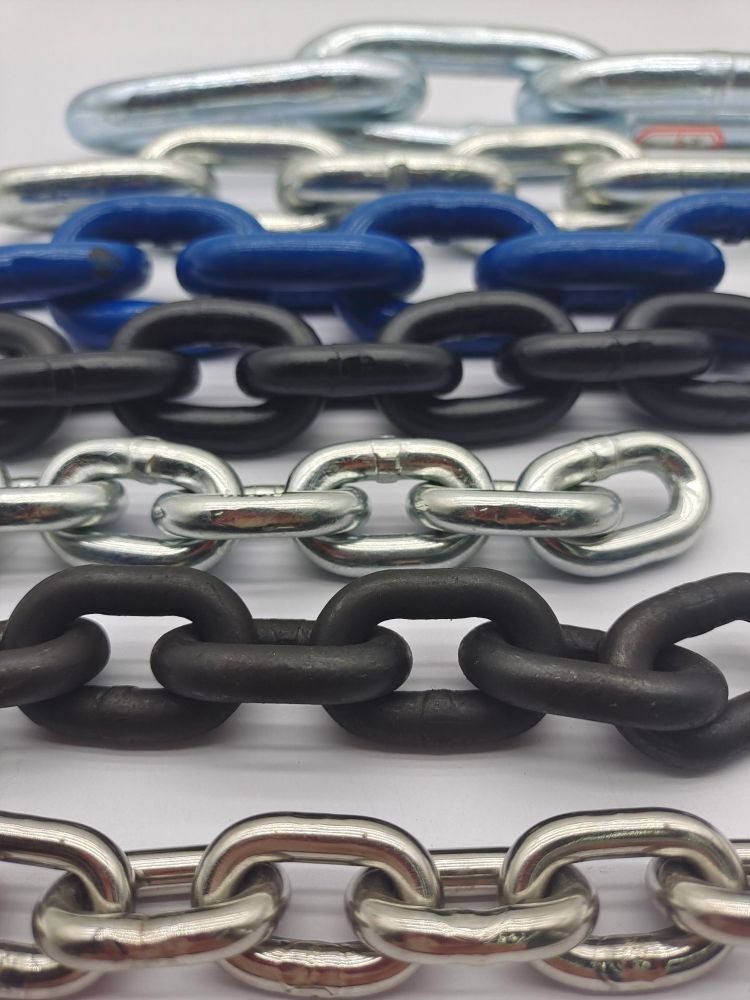Blog
We offer customized production services to meet our customers' specific needs.
OEM service:
We provide OEM services, that is, manufacturing according to customer requirements and designs. We have professional production plants and supply chain resources, capable of producing customized products according to customers' brands, specifications and quality requirements.
In OEM service, we will carry out production and processing according to the design and specification requirements provided by customers. We can provide all-round support including product design, engineering development, raw material procurement, manufacturing and quality control. Our goal is to ensure that the products produced meet our customers' requirements and achieve optimal levels of quality, appearance and performance.
ODM service:
In addition to OEM services, we also provide ODM services, which are original design manufacturing services. In ODM services, we can not only produce and manufacture according to customer requirements, but also design and innovate products according to customer needs.
We have a professional design team and R&D capabilities, able to provide innovative product design solutions based on market demand and customer needs. We will work closely with our customers to understand their market positioning and goals to provide products that are in line with market trends and consumer preferences.
In ODM services, we will be responsible for the design, research and development, production and quality control of the entire product. We will ensure that products have good performance, reliability and competitiveness to help customers succeed in the market.
Whether you need to produce and process your own brand products (OEM), or seek innovative product design and production (ODM), we will provide you with professional support and services. We are committed to meeting our customers' needs and working with them to achieve win-win results and achieve business success together.
Strict quality control -- We are committed to providing high-quality products and services to meet our customers' needs and continually exceed their expectations.
- ISO 9001 certified, strict processes and measures to ensure quality consistency and continuous improvement. Our quality management system meets international standards and is certified.
- paying attention to the cultivation of quality awareness, we provide employee training and awareness education to ensure that they understand the importance of quality to our company and customers, and to inspire their sense of responsibility and enthusiasm for quality.
- determine product quality standards and requirements, including specifications, appearance, functions, etc. Guarantee to provide products that meet customer requirements.
- quality management process covers the entire process from product design, raw material procurement, production and manufacturing to delivery and after-sales service. We ensure that every link follows standardized working procedures and strict quality control.
- established close working relationships with our suppliers and require them to meet our quality standards and requirements. We conduct supplier evaluation and monitoring to ensure that the quality of raw materials and components we obtain from them meets our expectations.
- continuous improvement is one of the core principles of our quality management. We conduct regular internal quality audits to identify potential issues and opportunities for improvement.
- records and documentation management: records all quality management activities and results and maintains appropriate documentation. This includes recording inspection results, corrective actions, quality improvement plans, etc.
- collect and analyze customer feedback information, handle complaints promptly, and take corrective measures to continuously improve the quality of our products and services.
Supply chain management, improve operational efficiency, reduce costs, and provide better products and services
- Integrated partnerships: Establish close working relationships with suppliers, logistics service providers and other relevant partners. By building long-term partnerships, information can be shared, processes optimized, and efficiency and reliability throughout the supply chain improved.
- Technology Application: Utilize advanced technology and information systems to support supply chain management. For example, adopt logistics management software, supply chain planning systems and real-time data analysis tools to improve visibility, tracking capabilities and decision-making efficiency.
- Supply chain collaboration: Emphasis on collaboration among all links in the supply chain. Through effective communication and collaboration, ensure seamless connection between all links, reduce information delays and misunderstandings, and quickly respond to market needs and changes.
- Lean management: Adopt lean management principles and methods to continuously optimize the supply chain process. Achieve lower costs, shorter delivery times and higher customer satisfaction by reducing waste, improving efficiency and quality.
- Risk management: Actively respond to potential risks and uncertainties in the supply chain. Establish a flexible supply chain network, diversify suppliers and logistics channels, and develop contingency plans and risk response strategies to mitigate the impact of risks on the supply chain.
- Continuous improvement: Establish a culture of continuous improvement and encourage employees to propose improvements and implement innovations. Through the continuous pursuit of excellence, process optimization and performance improvement, we continuously enhance the competitive advantage of supply chain management.
The frequency of load testing for lifting chains depends on various factors, including the type of chain, its intended use, and applicable regulations or industry standards. It's important to consult the manufacturer's recommendations and any specific regulations or guidelines that apply to your region or industry. However, here are some general considerations:
Initial Load Testing: When you first acquire a new lifting chain or introduce it into service, it's typically recommended to conduct an initial load test. This helps verify the chain's strength and suitability for its intended purpose. The specific load testing requirements may be provided by the manufacturer or outlined in relevant standards.
Periodic Load Testing: After the initial load test, periodic load testing is typically conducted to assess the ongoing integrity and performance of the lifting chain. The frequency of periodic load testing can vary depending on factors such as the chain's usage, environmental conditions, and applicable regulations.
Industry Standards and Regulations: Different industries often have specific standards or regulations that prescribe load testing intervals for lifting chains. For example, organizations such as the Occupational Safety and Health Administration (OSHA) in the United States or the Health and Safety Executive (HSE) in the United Kingdom may provide guidelines or requirements for load testing frequency.
Risk Assessment: Conducting a risk assessment can also help determine the appropriate load testing frequency for lifting chains. Factors such as the criticality of the lifting operation, the load's weight and characteristics, and the potential consequences of chain failure should be considered.
In summary, the specific frequency of load testing for lifting chains should be determined based on a combination of factors, including manufacturer recommendations, applicable regulations or industry standards, and risk assessments. It's important to consult the relevant authorities and seek guidance from qualified professionals to ensure compliance with safety requirements and the ongoing integrity of your lifting chains.
Regular maintenance of lifting chains is essential to ensure their safe and reliable operation. Here are some common maintenance procedures for lifting chains:
Inspection: Regularly inspect the lifting chains for signs of wear, damage, or deformation. Look for any cracks, nicks, or elongation of the chain links. Check for proper engagement of hooks, shackles, and other connecting hardware.
Cleaning: Clean the lifting chains to remove dirt, debris, and contaminants that can cause corrosion or affect the chain's performance. Use a suitable solvent or chain cleaner to remove grease, oil, or other substances. Avoid using harsh chemicals that can damage the chain.
Lubrication: Apply a suitable chain lubricant to the lifting chains to reduce friction, prevent corrosion, and extend their service life. Follow the manufacturer's recommendations for the type and frequency of lubrication. Ensure that the lubricant reaches all chain components, including the pins, bushings, and rollers.
Load Testing: Periodically conduct load testing on the lifting chains to ensure their strength and integrity. This involves subjecting the chains to a known load that is within their working load limit (WLL) to verify their performance. Load testing should be carried out by qualified personnel following established procedures and safety guidelines.
Repair or Replacement: If any damage or wear is detected during inspection, take appropriate action promptly. Repair or replace damaged or worn-out components, such as chain links, hooks, or shackles. It's crucial to use genuine replacement parts and follow the manufacturer's recommendations.
Storage: Properly store the lifting chains when they are not in use. Keep them in a clean, dry, and well-ventilated area to prevent corrosion. Avoid storing them near chemicals, heat sources, or in areas prone to moisture. Use appropriate storage racks or containers to prevent tangling and damage.
Training and Documentation: Ensure that personnel involved in the use and maintenance of lifting chains are properly trained on their safe handling, inspection, and maintenance procedures. Maintain proper documentation of inspections, repairs, load testing, and any other relevant information.
Remember to consult the manufacturer's guidelines and any applicable regulations or standards specific to your region when performing maintenance procedures for lifting chains. It's also important to have a qualified professional or a certified inspector periodically assess the condition of the lifting chains to ensure their ongoing safety and reliability.
Lifting chains are often marked with specific grades to indicate their strength and suitability for various lifting applications. The grade markings provide information about the chain's material, working load limit (WLL), and other relevant specifications. Here are some common grade markings you may come across:
Grade 30: This is a general-purpose, low-strength lifting chain. It is typically marked with "G30" or "Grade 30" and is suitable for light to moderate lifting applications. Grade 30 chains are commonly used in agriculture, construction, and general-purpose lifting.
Grade 43: Also known as high-test chain, Grade 43 chains offer higher strength than Grade 30 chains. They are marked with "G43" or "Grade 43" and are suitable for heavier lifting applications. Grade 43 chains are commonly used in transportation, towing, and logging industries.
Grade 70: Grade 70 chains, marked with "G70" or "Grade 70," are high-strength chains designed for heavy-duty lifting and transport applications. They have a higher working load limit compared to Grade 30 and Grade 43 chains. Grade 70 chains are commonly used in the transportation and trucking industry for securing heavy loads.
Grade 80: Grade 80 chains are alloy steel chains that offer even higher strength and durability than Grade 70 chains. They are commonly marked with "G80" or "Grade 80" and are suitable for demanding lifting applications where a higher working load limit is required. Grade 80 chains are often used in construction, mining, and industrial settings.
Grade 100: Grade 100 chains are the strongest lifting chains available, offering the highest working load limit. They are marked with "G100" or "Grade 100" and are designed for critical lifting operations where maximum strength and safety are required. Grade 100 chains are commonly used in heavy lifting, rigging, and offshore applications.
It's important to note that these grade markings may vary depending on the region and manufacturer. When using lifting chains, always refer to the manufacturer's guidelines, follow proper safety procedures, and ensure that the chain is suitable for the specific lifting application and load requirements. Additionally, regular inspection and maintenance of the chains are crucial to ensure their safe and effective use.
The purpose of a shackle depends on its specific type and application. Here are a few common purposes for different types of shackles:
1.Rigging and Lifting: Shackles are often used in rigging and lifting operations to connect and secure loads. They provide a strong and reliable connection point between various components such as chains, ropes, slings, or cables. Shackles used for this purpose are typically made of durable materials like steel and have a high load capacity.
2.Maritime and Boating: In the context of maritime and boating, shackles are commonly used to connect and secure different parts of a ship's rigging system. They are employed to join chains, ropes, or cables, allowing for adjustments, replacements, or repairs when necessary.
3.Off-Road and Vehicle Recovery: Shackles are widely used in off-road and vehicle recovery situations. They serve as attachment points for recovery straps or cables, enabling the safe and effective retrieval of stuck or immobilized vehicles.
4.Safety and Fall Protection: Shackles can be utilized as a component of safety and fall protection systems. They may be employed as anchor points for safety harnesses, lifelines, or suspension equipment to ensure the safety of workers operating at heights or in hazardous environments.
5.Decorative and Fashion Accessories: In a more decorative sense, smaller and less heavy-duty shackles are sometimes used in jewelry and fashion accessories, such as bracelets or necklaces, for their aesthetic appeal.
These are just a few examples of the various purposes for shackles. The specific use of a shackle will depend on the industry, application, and the type of shackle being used.
High quality control & more competitive price from Qingdao haosail---- your trustworthy & cooperated partner on hoisting & lifting hardware
- 2025
- 2024
- 2023
- 2022






